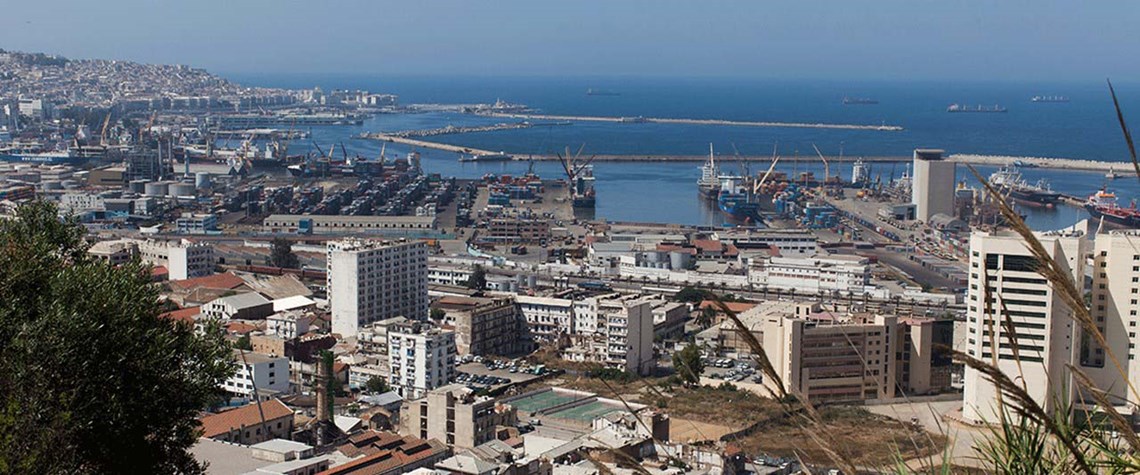Arab oil states: the devil’s in Opec’s data
The group's latest figures show Gulf oil states' earnings have plummeted, while the region's population keeps rising
The urgent need for Arab oil producers to introduce economic reforms that lead to financial savings and new jobs is clearly shown in Opec's 2017 Annual Statistical Bulletin. Between 2012 and 2016 the populations of the seven states (Algeria, Iraq, Kuwait, Libya, Qatar, Saudi Arabia and the United Arab Emirates) grew by 10% (see table). Yet the ability of these states to cope with the continuing rise in the number of inhabitants has declined because over the same period revenue from exports fell by 45% (see graph). The biggest population increase—a rise of 3.676m—was in Iraq, where the public purse is already being hit by low oil prices, expenditure on the war against Islamic State (IS) and t

Also in this section
12 December 2025
The latest edition of our annual Outlook publication, titled 'The shape of energy to come: Creating unique pathways and managing shifting alliances', is available now
12 December 2025
The federal government is working with Alberta to improve the country’s access to Asian markets and reduce dependence on the US, but there are challenges to their plans
11 December 2025
The removal of the ban on oil and gas exploration and an overhaul of the system sends all the right messages for energy security, affordability and sustainability
10 December 2025
The economic and environmental cost of the seven-year exploration ban will be felt long after its removal







